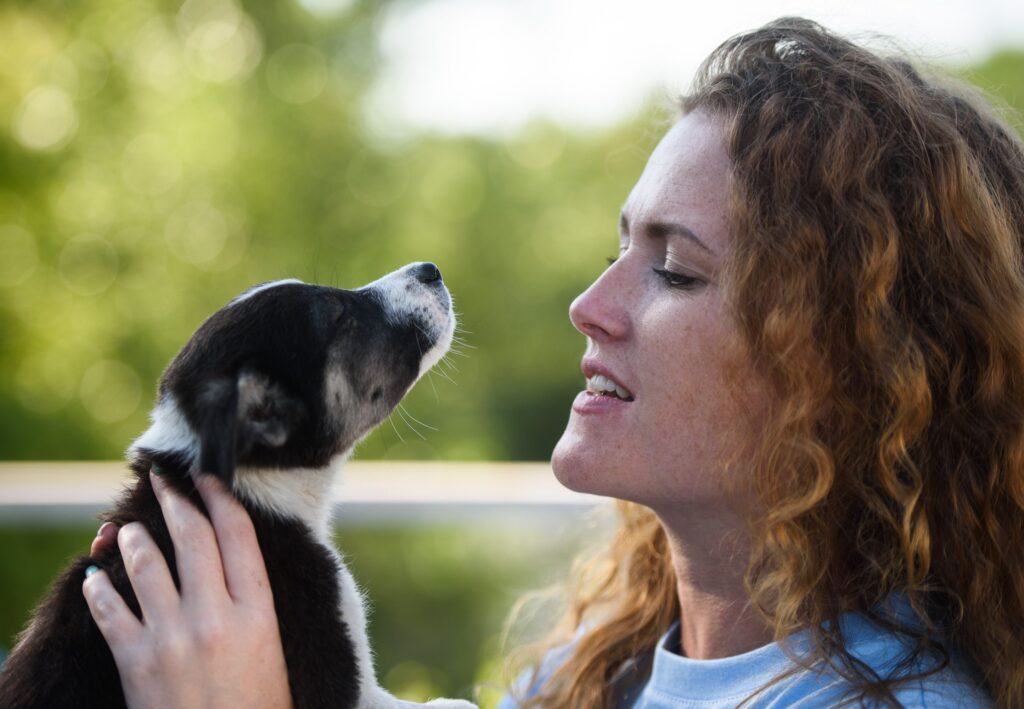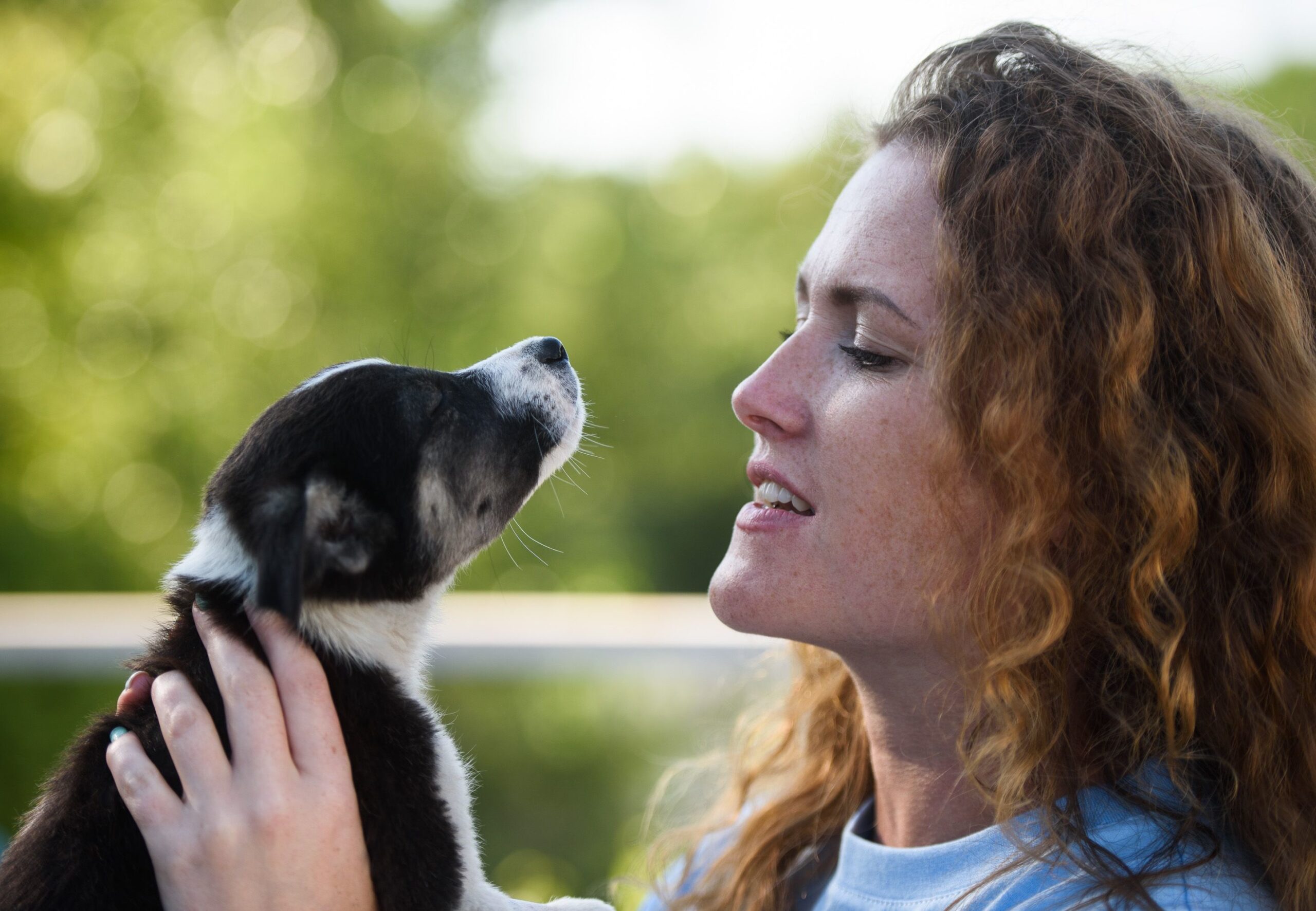
Pets can bring us a lot of joy, and they don’t ask for much back. The least we can do for them is to keep them safe.
A healthy, happy pet can grow to be as close as any family member, so you’ll want to keep them safe. Yet threats to their safety aren’t always as obvious as we think, and it can be heartbreaking to feel like we failed.
Luckily, a little preparation goes a long way. Here are seven pet safety tips you may not know.
- A Dose of Reality
Like humans, most pets experience an error at some point or another – and often it’s one that will need medicine to fix. However, as pets are smaller than us, it’s vital to get the dosage and application of the medicine right, as their metabolisms are so different.
If a vet has prescribed pills for your pet, make sure to follow their advice and read the instructions on the leaflet.
Health supplements like CBD oil for dogs and cats have become popular in recent years and they can help with issues like mood regulation or painful joints. However, be sure to carry out the necessary research to find out what will work for your pet. If in doubt, speak to a vet.
- Pet Proofing
An unfortunate number of illnesses and accidents among pets result from homes not being sufficiently pet proofed.
Like kids, pets are inventive when it comes to getting into trouble, so it can be tough to figure out what they’re going to do next. However, there are a few basic things you can always do to make your home safer.
To begin with, make sure that electrical cables are out of reach of pets or otherwise protected. Expand that to anything a pet might want to eat that wouldn’t be a good meal for them.
Items like dog gates can help to control where your pet goes, which can keep them out of danger by restricting access to more hazardous areas of your home.
- Hot and Cold
You can’t always take it for granted that your perception of hot and cold are relevant to your pet. Pets have smaller bodies, a lot of fur, and no clothes, which can cause all sorts of temperature-related safety issues.
One of the most common everyday examples is the sad issue of dogs being left in hot cars by careless owners. Yet there are plenty of others. Do you think about your pet’s paws when they walk on a hot sidewalk?
Likewise, pets need adequate shade and plenty of water in hot weather – they can’t communicate their needs as well as we can. As an owner, you need to be attentive and know how to watch out for temperature-related problems.
- Best Behavior
Your pet’s safety can often come down to their own behavior. For instance, there are plenty of cats that like to get into tricky situations or dogs that don’t behave well off the leash.
One of the best ways to ensure your pet’s safety from a behavioral point of view is through training. If your pet responds to your commands and co-operates with you, you have much more control over how they’re going to act. This is especially important with dogs, where obedience training, including recall, is paramount.
Luckily, establishing good patterns of behavior with your pet is a great bonding activity. So, take advantage of that to both grow closer to your pet and keep them safe.
- At the Table
Many pets are expert beggars. Acquiring food is the single most important thing a creature will do in the wild, so it’s not surprising that pets have adapted their behavior to guilt-trip their human owners.
Yet human food can pose a serious risk to many pets. Processed food is bad enough for humans, and even some natural foods that seem innocuous to us can pose a risk to pets.
If you do want to treat your pet with a little human flavor, make sure you’ve done your research, and stick to cooked meats or raw vegetables that form part of their recommended diet.
However, it’s better to separate human food and pet food entirely. This also helps to establish boundaries that keep your pet from seeing human food as fair game – which quickly becomes relevant when no one’s looking.
- Animal Awareness
Much like being a driver on the road, safety isn’t just about what you do. It’s also about everyone else.
Pet owners often forget to account for other animals when it comes to pet safety. That could be other animals in the house, like a cat posing a threat to a guinea pig. It can also apply when you’re in the great outdoors – dogs often fall victim to other, more aggressive dogs in a dog park, for example.
As an owner, you need to be vigilant about your pet’s safety with respect to other animals. That may mean developing instincts that will allow you to steer your pet out of danger, such as knowing how to spot a dog running amok at the park.
- Emergency Preparedness
One element of pet safety that many owners haven’t even thought about is disaster preparation. If a localized or regional disaster should strike your home, like a house fire or hurricane, then you’ll need a plan to keep your pets safe.
Preparing for eventualities like these long before disaster hits can ensure you’re ready to “grab and go” if something happens. That way, you can keep your entire family safe, no matter how many legs they have.
Naturally, this is doubly important if you live in an area prone to natural disasters, as these are predictable enough that you need to plan ahead yet surprising enough to leave you with little advance warning.
Simple Pet Safety Tips
These simple pet safety tips will keep your pet healthy and happy and will establish a strong bond between you. It’s the least you can do for a beloved family member.
Looking for more guides to healthy living? Make sure to check back often.
